Choosing the right patio material is crucial for longevity, but some options start to deteriorate faster than expected. Many homeowners invest in materials that look great initially, only to find them cracking within a year. Weather conditions, heavy foot traffic, and natural settling can all contribute to early damage. Even with proper installation, certain materials are more prone to cracking and wear than others. If you’re planning a patio renovation, knowing which materials to avoid can save you time, money, and frustration.
1. Stamped Concrete
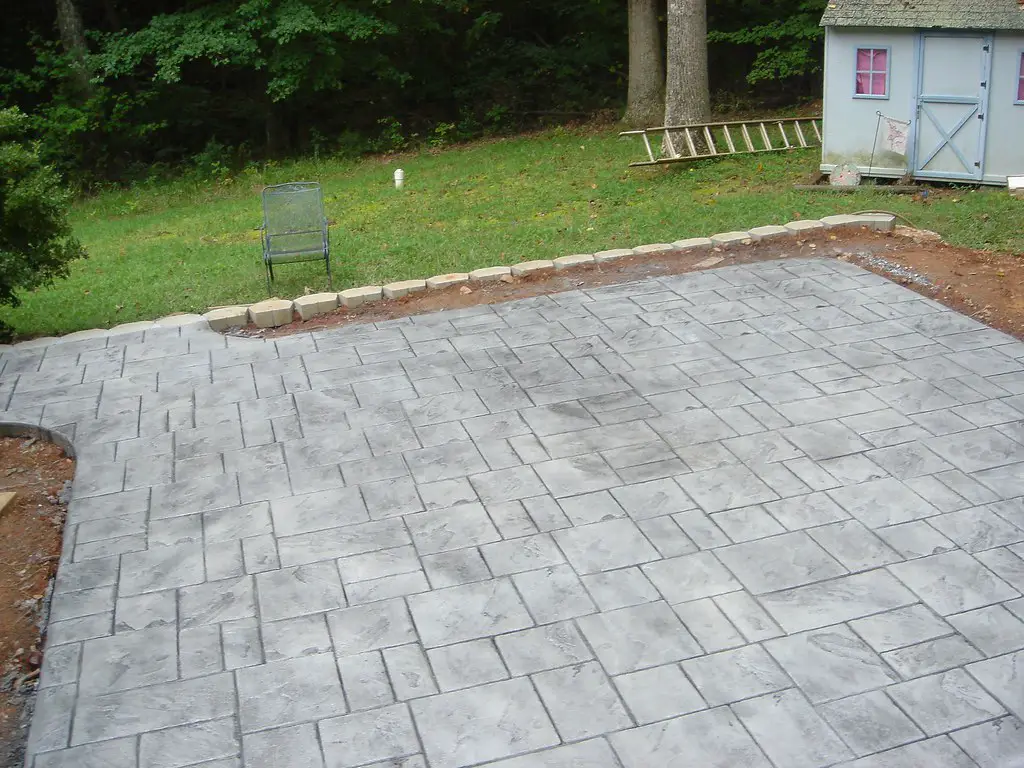
Stamped concrete is a popular choice for patios due to its decorative appearance and affordability. However, as noted by The Spruce, it tends to develop cracks quickly, especially in regions with extreme temperature fluctuations. Even if installed correctly, natural settling and shrinkage can cause fissures within months. Homeowners who opt for stamped concrete may find themselves dealing with costly repairs sooner than expected.
The material’s surface also makes it susceptible to damage from freeze-thaw cycles. Water seeps into small pores, expanding when frozen and creating hairline cracks that widen over time. Sealing stamped concrete can help slow this process, but it won’t eliminate the risk entirely. Those looking for long-term durability may need to consider alternative materials.
2. Natural Stone Pavers
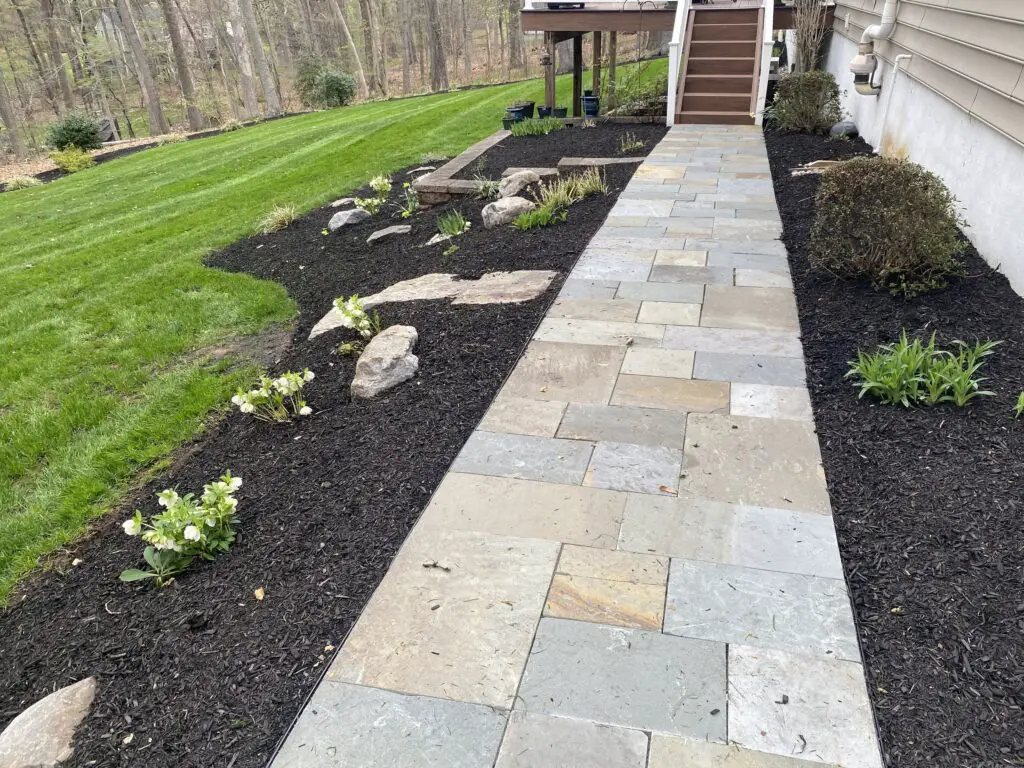
Natural stone pavers, like limestone and sandstone, are known for their beauty, but they’re not always the most durable. According to Forbes, these materials can be surprisingly fragile, especially in areas with heavy rainfall or frequent freezing. Water absorption causes the stone to weaken, leading to cracks and surface erosion. Even high-quality sealing can’t fully prevent moisture-related damage.
In addition to weather-related cracking, natural stone pavers can shift over time. If the base isn’t perfectly compacted, individual stones may move and create uneven surfaces. This shifting can lead to fractures, especially in high-traffic areas. While stunning, natural stone may not be the best choice for homeowners seeking a maintenance-free patio.
3. Clay Brick

Clay brick patios have a timeless aesthetic, but their durability can be questionable. Better Homes & Gardens notes that brick is highly porous, making it vulnerable to moisture damage. Even well-installed brick patios can develop cracks as water seeps in and expands during freezing temperatures. Without proper sealing and upkeep, cracking becomes inevitable within a year.
Another issue with brick is its susceptibility to shifting and settling. If the foundation isn’t stable, bricks can sink or tilt, creating uneven surfaces that promote cracking. Weeds growing between the bricks can also contribute to structural instability. For homeowners seeking a low-maintenance option, brick may require more repairs than expected.
4. Pea Gravel
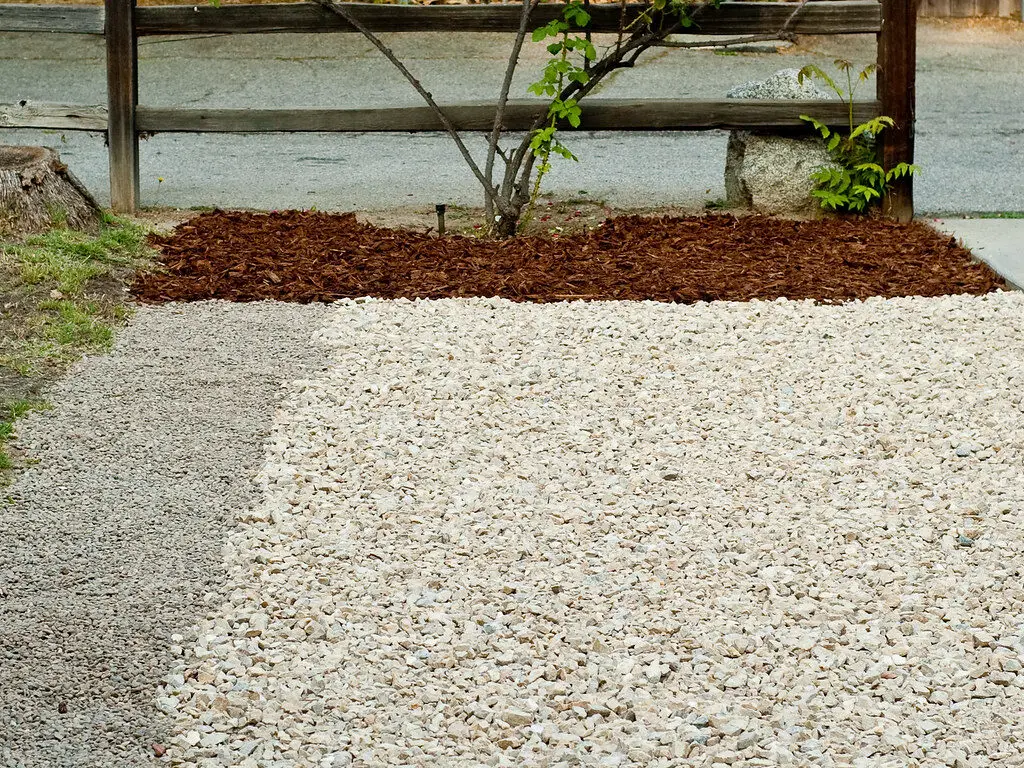
Pea gravel is often chosen for its affordability and rustic charm, but it has drawbacks that aren’t immediately obvious. As pointed out by Gardenista, gravel patios tend to shift over time, creating uneven surfaces. As the gravel settles, gaps form, leading to instability and increased chances of cracking in the underlying foundation. Even with proper edging, keeping pea gravel in place can be a challenge.
Frequent foot traffic exacerbates the issue by compacting some areas while loosening others. This unevenness can stress any hardscaping elements nearby, such as paver borders or stepping stones, leading to fractures. Additionally, maintaining a pea gravel patio requires frequent raking and replenishment, making it more labor-intensive than expected.
5. Flagstone
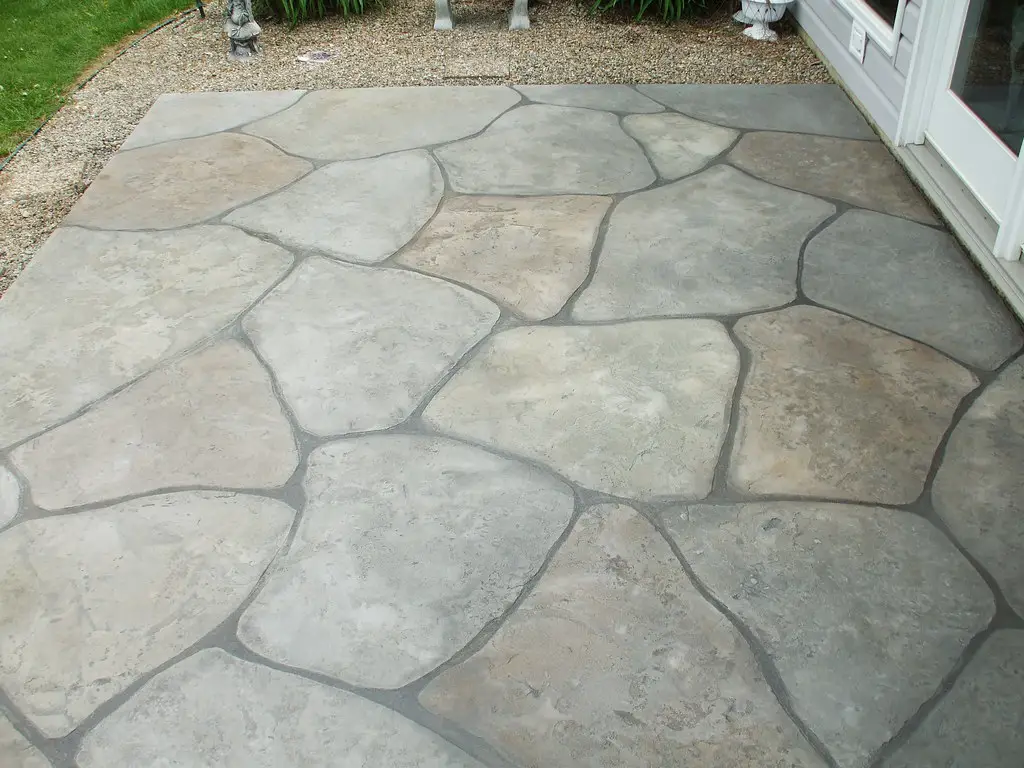
Flagstone is often chosen for its natural appearance, but it can be prone to cracking under pressure. Since each stone is cut differently, the weight distribution can be uneven, leading to stress fractures. Even when installed on a properly compacted base, flagstone patios may show signs of deterioration within a year. Heavy furniture or foot traffic can worsen these cracks, making maintenance a frequent concern.
Weather conditions also play a role in flagstone’s fragility. The material absorbs moisture, which expands when frozen, leading to cracks and breakage. Sealing can help mitigate this problem, but it requires regular reapplication. Homeowners who want a worry-free patio should consider alternative materials that are less prone to cracking.
6. Concrete Pavers
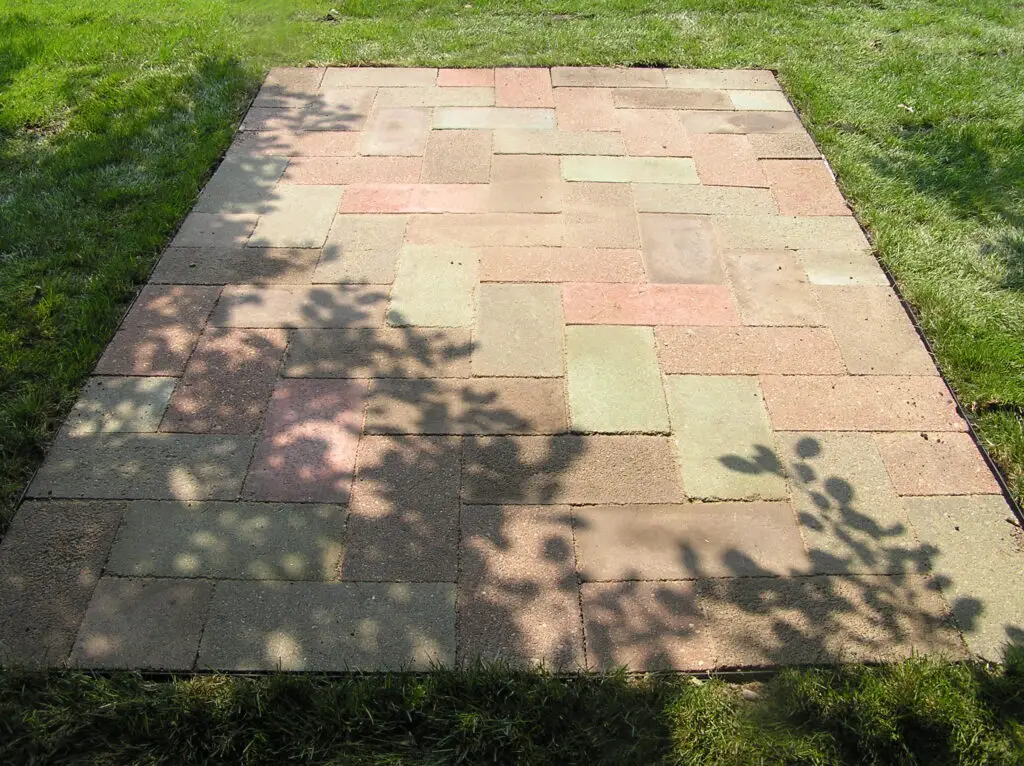
Concrete pavers are often marketed as a durable patio material, but they aren’t immune to cracking. Over time, even small shifts in the ground beneath them can cause individual pavers to crack. While they’re designed to allow for some movement, heavy use and fluctuating temperatures can accelerate damage. Cracked pavers not only look unsightly but can also create tripping hazards.
The sand joints between pavers also tend to erode, leading to instability. If weeds start growing in the gaps, they can push the pavers apart, increasing the likelihood of fractures. Regular maintenance can slow this process, but it won’t eliminate the issue entirely. Homeowners looking for long-term durability may need to invest in higher-quality materials.
7. Travertine
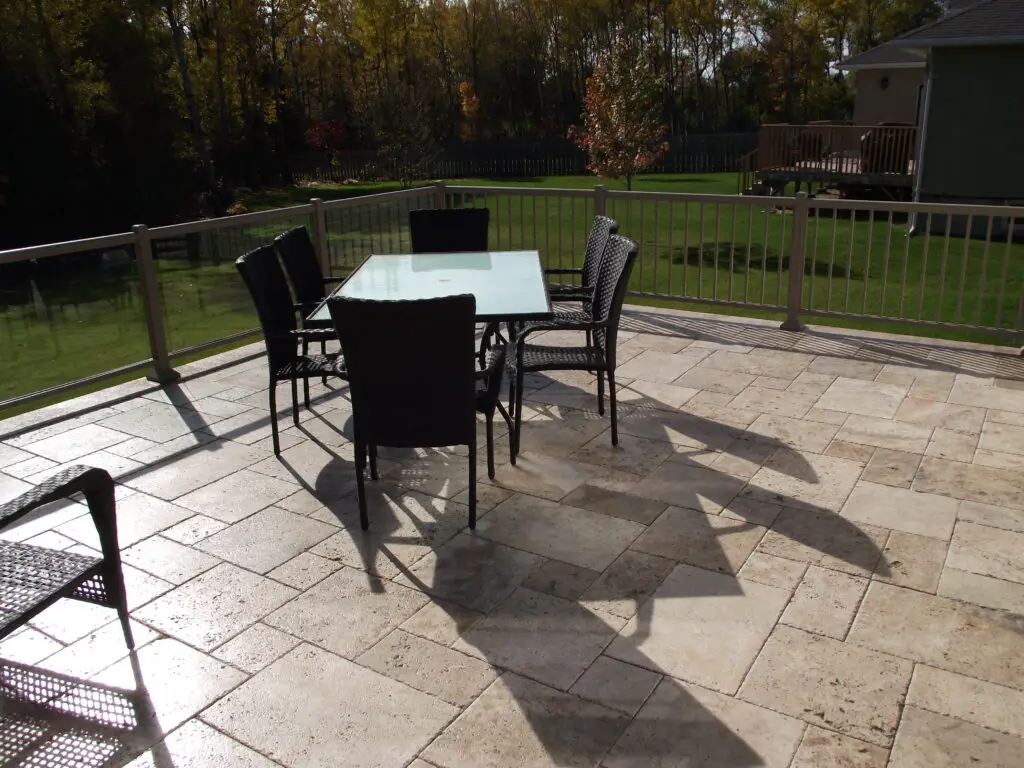
Travertine is a luxurious patio material, but it has a reputation for being delicate. The stone is naturally porous, allowing water to seep in and weaken its structure. Even with sealing, moisture can cause internal fractures that lead to surface cracking. Homeowners who live in wet or freezing climates may find that travertine patios require constant repairs.
Another downside of travertine is its sensitivity to weight and impact. Heavy furniture or dropped objects can cause visible chips and cracks. The soft nature of the stone makes it less durable than many homeowners expect. If longevity is a priority, more resilient materials may be a better investment.
8. Slate
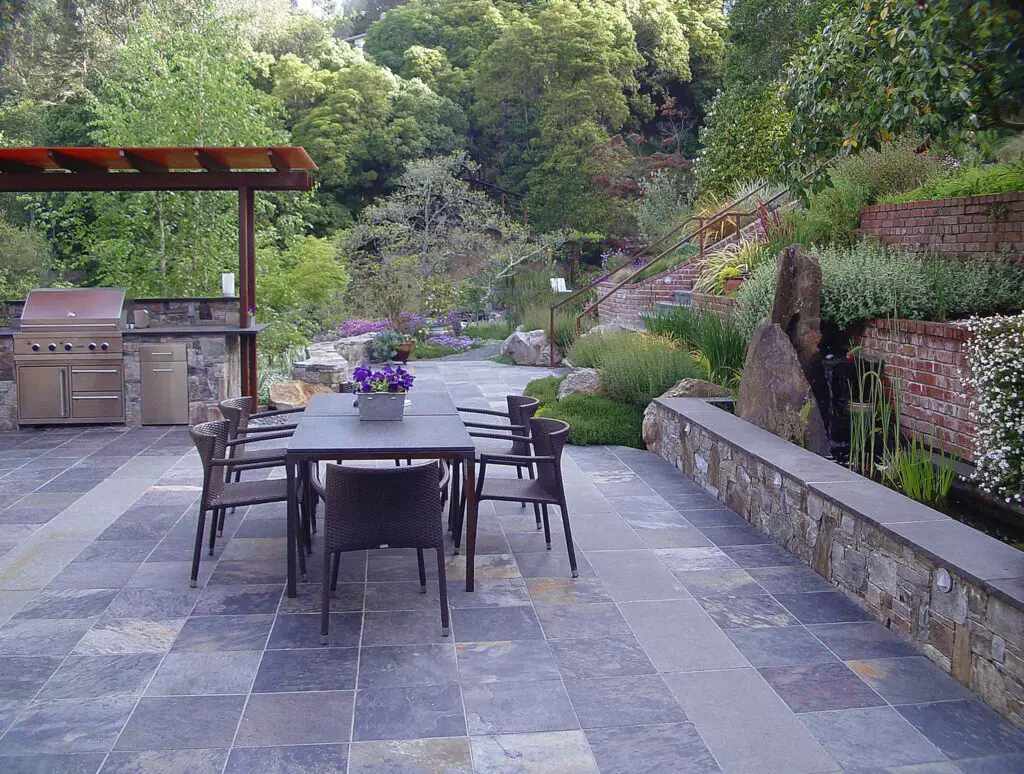
Slate patios offer a high-end look, but their durability is questionable. The stone tends to flake and crack over time, especially when exposed to temperature changes. Even well-installed slate patios can start showing signs of wear within a year. The natural layering of the stone makes it prone to splitting under stress.
In addition to cracking, slate can become dangerously slippery when wet. This makes it a less practical choice for homeowners who experience frequent rain. Regular sealing can help maintain the stone’s integrity, but it requires ongoing upkeep. Given these challenges, slate may not be the best option for high-traffic patios.
9. Asphalt
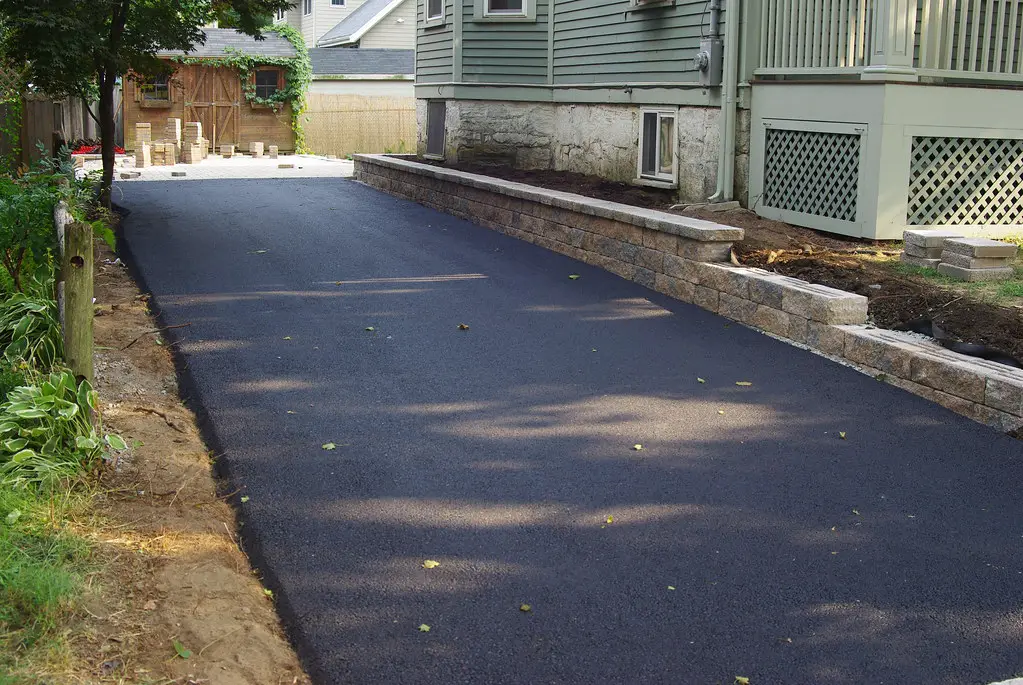
Asphalt patios are less common but sometimes used for affordability. However, they have a major weakness—softness. Heat can cause asphalt to become pliable, leading to indentations and cracks. Cold weather isn’t much better, as freezing temperatures make the material brittle and prone to splitting.
Another issue with asphalt is its high maintenance requirements. Without regular sealing, the surface deteriorates quickly, making cracks inevitable. Even with care, most asphalt patios develop visible damage within a year. Homeowners seeking longevity may want to explore more durable alternatives.
10. Composite Decking
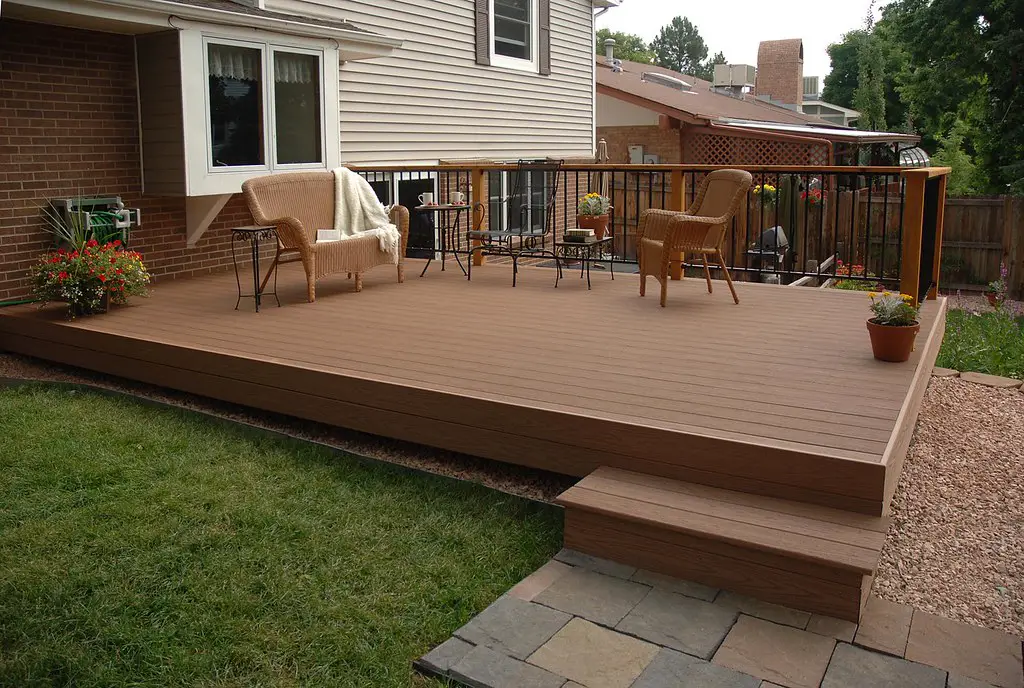
While composite decking isn’t a traditional patio material, it’s often used in outdoor spaces. However, it can be prone to cracking under extreme temperatures. Sun exposure causes the material to expand and contract, leading to stress fractures. Homeowners who live in regions with harsh summers or cold winters may see damage sooner than expected.
Another issue is that some lower-quality composites are more brittle than advertised. Heavy furniture or dropped objects can cause cracks that are difficult to repair. While composite decking is marketed as low-maintenance, its long-term durability depends on the quality of the material. Buyers should research carefully before committing to this option.
11. Recycled Rubber Pavers
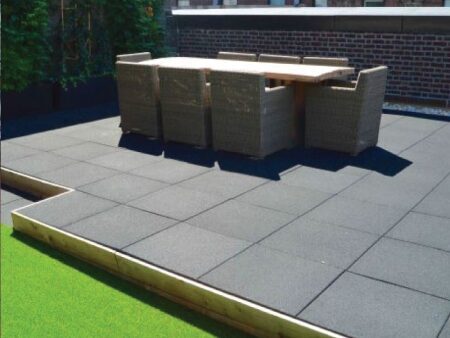
Recycled rubber pavers are an eco-friendly patio option, but they aren’t as durable as they seem. The material can shrink or expand with temperature changes, leading to cracks and warping. Even minor shifts in the base can cause pavers to separate, creating an uneven surface. Within a year, homeowners may notice visible deterioration.
Additionally, rubber pavers degrade faster under UV exposure. Constant sunlight can cause them to become brittle, making cracks more likely. Regular maintenance is necessary to extend their lifespan, but even with care, their longevity is limited. Homeowners looking for a more lasting solution should consider alternative patio materials.
12. Cobblestone
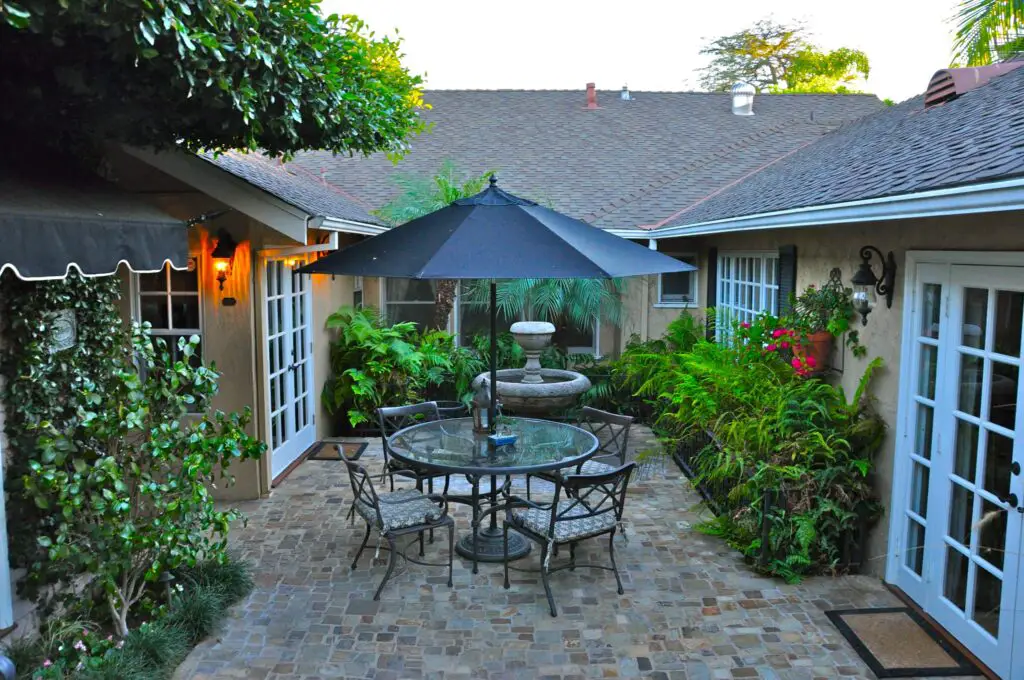
Cobblestone patios exude charm, but they come with structural weaknesses. Over time, the stones settle unevenly, causing cracks and gaps. The rigid nature of cobblestone makes it difficult to adjust once cracking begins. Homeowners often find themselves needing frequent repairs to maintain a level surface.
Weather plays a significant role in cobblestone wear and tear. Freeze-thaw cycles can cause individual stones to shift, leading to further instability. While cobblestone is visually appealing, its long-term maintenance requirements can be frustrating. A sturdier option may be preferable for those seeking minimal upkeep.
